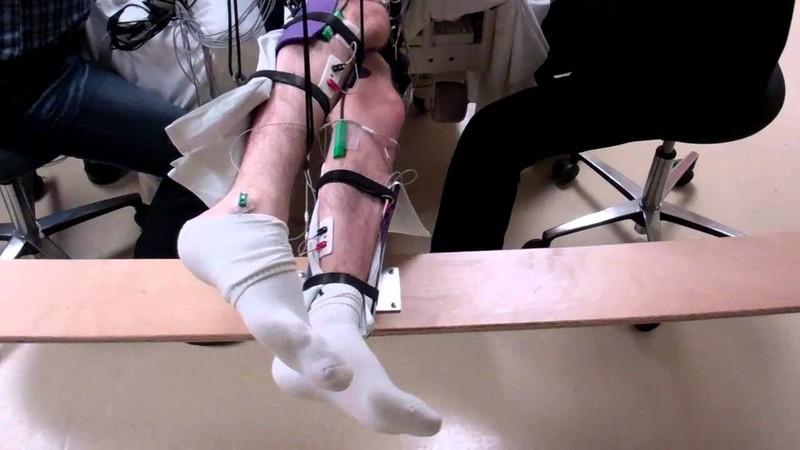-
Tips for becoming a good boxer - November 6, 2020
-
7 expert tips for making your hens night a memorable one - November 6, 2020
-
5 reasons to host your Christmas party on a cruise boat - November 6, 2020
-
What to do when you’re charged with a crime - November 6, 2020
-
Should you get one or multiple dogs? Here’s all you need to know - November 3, 2020
-
A Guide: How to Build Your Very Own Magic Mirror - February 14, 2019
-
Our Top Inspirational Baseball Stars - November 24, 2018
-
Five Tech Tools That Will Help You Turn Your Blog into a Business - November 24, 2018
-
How to Indulge on Vacation without Expanding Your Waist - November 9, 2018
-
5 Strategies for Businesses to Appeal to Today’s Increasingly Mobile-Crazed Customers - November 9, 2018
Spinal cord stimulation helps paralysed men move legs
Last year, the scientists, along with researchers from the University of Louisville, KY, found that four paralyzed men were able to generate voluntary movements after a surgically-implanted device delivered electric stimulation to their spinal cords.
Advertisement
UCLA conducted a study, where five men who had been completely paralysed were able to move their legs in a rhythmic motion thanks to a new, noninvasive procedure that stimulates the spinal cord.
While Professor Edgerton admits that we might be years away from having a final solution for patients with spinal cord injuries, he believes that their quality of life can definitely be improved until medicine reaches its destination. They attended 45 minute sessions once a week for approximately 18 weeks so that researchers can analyze how the non-invasive electrical stimulation affected their ability to move their legs. They were able to regain voluntary control of their limbs quickly, indicating that they must have still had neural connections at the injury site.
“These encouraging results provide continued evidence that spinal cord injury may no longer mean a life-long sentence of paralysis and support the need for more research, ” says Dr Roderic Pettigrew, director of the National Institute of Biomedical Imaging and Bioengineering.
Often people who become paralyzed receive word they will not have movement again below their waist, but new studies and treatments like the current one, challenge those trains of thought.
The training included causing involuntary movements in the men’s legs, which over time showed improvement in small voluntary movements such as the flexing of muscles, researchers wrote in a study on the 5 men published in the Journal of Neurotrauma. “The potential to offer a life-changing therapy to patients without requiring surgery would be a major advance; it could greatly expand the number of individuals who might benefit from spinal cord stimulation”.
The electrodes served to deliver electrical stimulation to nerves in the spine and allowed the patients to voluntarily move their legs.
The research builds on the team’s previous work with spinal stimulation.
Stimulation was elicited by a device called an epidural stimulator, which needed to be surgically implanted into the patient’s spinal cord. Researchers say the result suggest that the electrical stimulation may be able to reawaken dormant connections between the spinal cord and the brain. “It’s a wonderful example of the power that comes from combining advances in basic biological research with technological innovation”. During therapy, men who tried to move their legs even more developed a significantly wider range of movement, the study found. Thus, they show that paralyzed individuals might regain at least some control over their limbs. The finding led Edgerton to believe the same approach could be effective for people with complete paralysis.
The researchers do not know yet whether patients who are completely paralysed can be trained to fully bear their weight and walk.
In the 1990s, physiologist Dr. V. Reggie Edgerton met Christopher Reeve at a science convention.
Advertisement
“All patients are going to need something slightly different, and maybe non-invasive stimulation is going to be best in some cases and epidural stimulation in others”, said Edgerton.





























